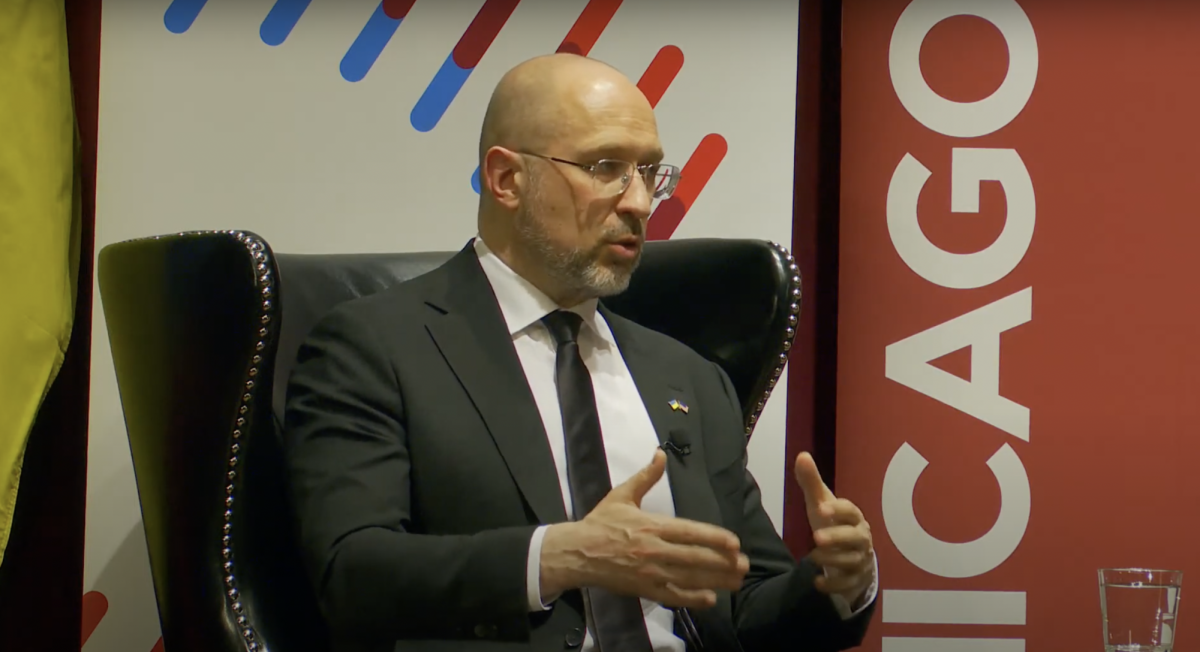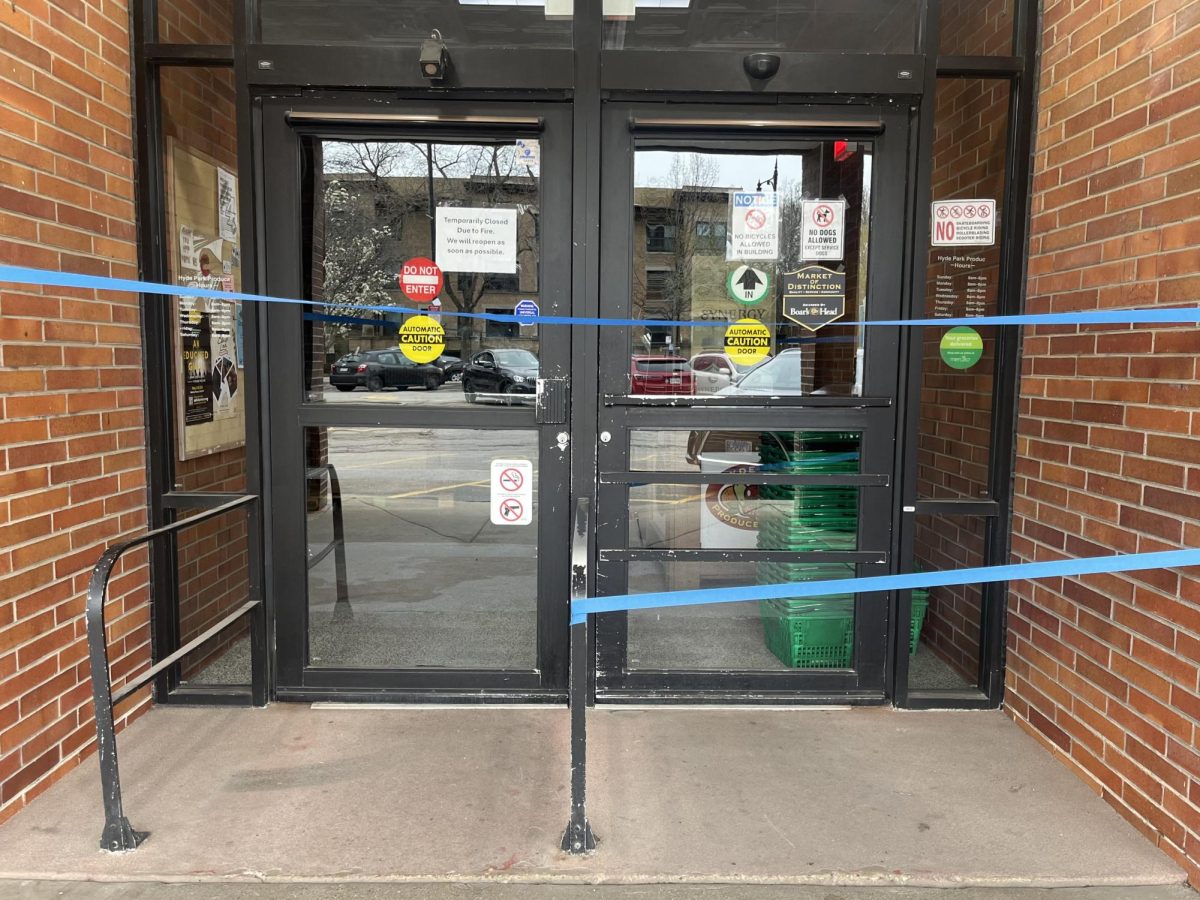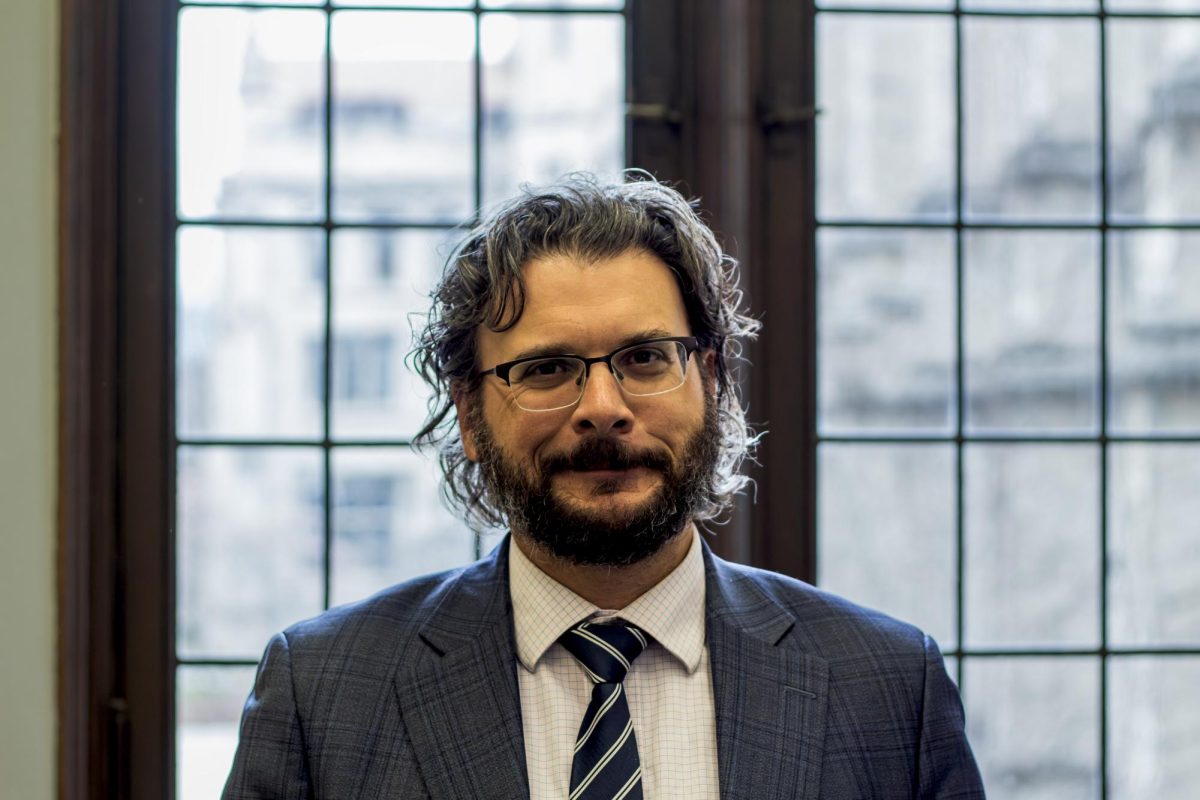Overcast Chicago skies and a snow-covered telescope don’t make life easy at the Ryerson Astronomical Society (RAS), and the side effects of recently installed campus lights haven’t helped stargazing efforts either.
Since last February, the University Facilities Services has been working to increase outdoor lighting on the quads significantly, adding 40 “wall-washer” lights in the area around Ryerson and Eckhardt Halls in addition to other new lighting structures. Concerns about campus safety led to the implementation of a plan for significantly increased external lighting.
The new lights have created extensive light pollution in the local sky, a phenomenon that occurs when light scatters off air molecules. As a result, distant stars and galaxies disappear in the uniform glow of the overlit sky. Dean Armstrong, a longtime RAS member and University staff member, recalls a time when the stars were more easily visible from Ryerson.
“We used to show galaxies as part of a standard observation,” he said. “We don’t do it anymore. Either people can’t see them, or they’re just unimpressive.”
Located immediately below the Ryerson telescope, the new lights have brought the hurt home. A new light installed last week shines directly on the dome topping the telescope, and many others shine directly into the sky surrounding it.
According to campus planner Richard Bumstead, the University’s facilities department is doing what it can to address “dark sky concerns,” even amid efforts by the University administration to increase lighting for safety purposes.
In a recent e-mail to RAS, he pointed out that “Facilities Services is under a presidential directive to increase campus lighting for the safety and well-being of the entire University community. In order to meet this goal, we engaged a consultant to conduct a study of our light levels and to provide us with a plan.”
Bumstead added in the e-mail that the new lighting has met with positive reaction from the rest of the University community.
Administrators in the campus facilities department were not able to provide further comment by press time.
According to RAS members, their dispute is with the type of lights being installed, not the presence of lights themselves. RAS president Melinda Morang said that the current lighting is inefficient. She noted that some of the newly installed lights point directly into the sky without illuminating either a building or path. The lights create an uncomfortable glare, resulting in “wasted electricity for lighting nothing,” she said.
Armstrong estimates that due to their poor aim, these lights are 20- to 30-percent inefficient.
University Facilities Services contends that the new lights do take RAS’s concerns into account.
“Those lights have all been fitted with glare shields to address the issue of light direction and glare. The newer installations utilize several different fixtures with more control of the light. All of these lights are directed to wash the walls approximately 25 feet up the façade, or basically up to the top of the first-floor windows,” Bumstead wrote in the same e-mail to RAS members.
However, Armstrong claims that none of the current shields prevent light from shining up to Ryerson’s roof and into the sky. The group says it would prefer to see new lights with lower wattage installed.
Second-year Ryan Julian, the RAS officer in charge of light pollution issues, said that most newer lights are angled downward, so they shine on the ground where they are more useful to pedestrians.
Still, some RAS members believe that the University’s new lighting initiatives are motivated by issues other than campus safety. Wall-washer lights are bright lights designed primarily for architectural lighting, and Armstrong believes that University reluctance to replace the lights with low-wattage compact fluorescent bulbs stems from aesthetic concerns. The University installed a similar set of lights in 2000, but eventually agreed to replace the bulbs with compact fluorescents.
Despite holding a seat on the Campus Lighting Committee, Morang and Armstrong claim they were not consulted about the initial decision to install the wall-washers outside Ryerson. Members of the group inquired about joining the Campus Safety Committee when it was first formed, but they were informed that Student Government formed the committee and that they were not chosen to be members. Though they have been promised that light-pollution concerns will be addressed, RAS members say that they do not have an outlet to express their concerns.









